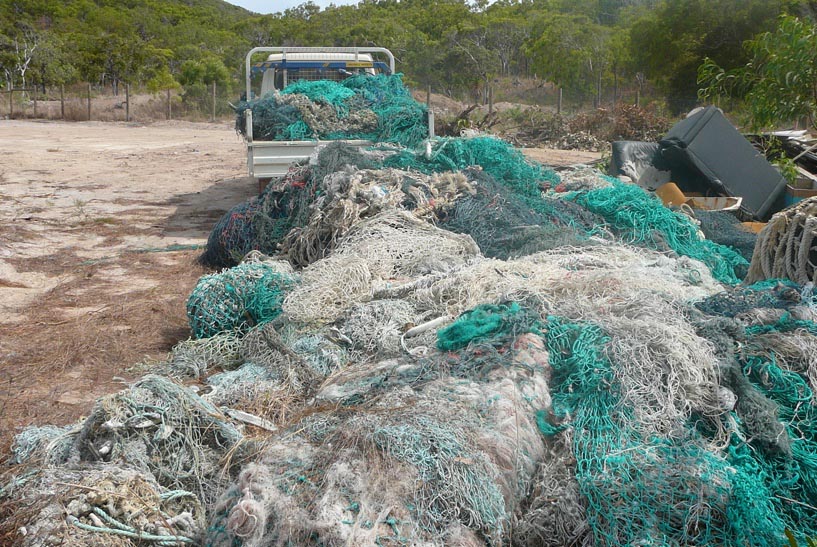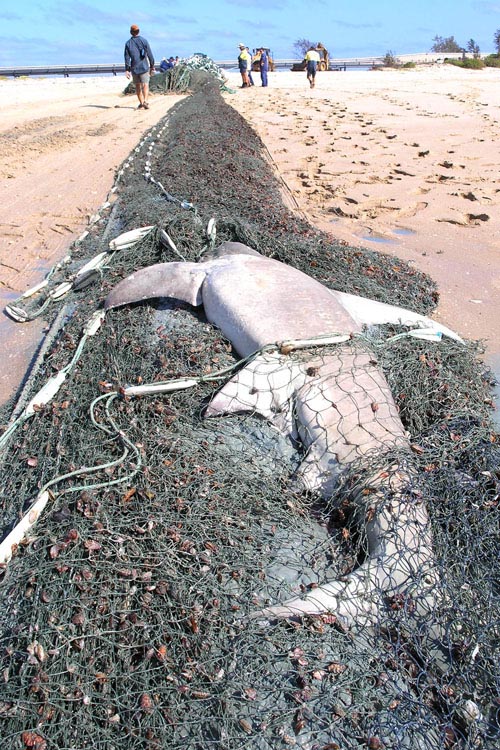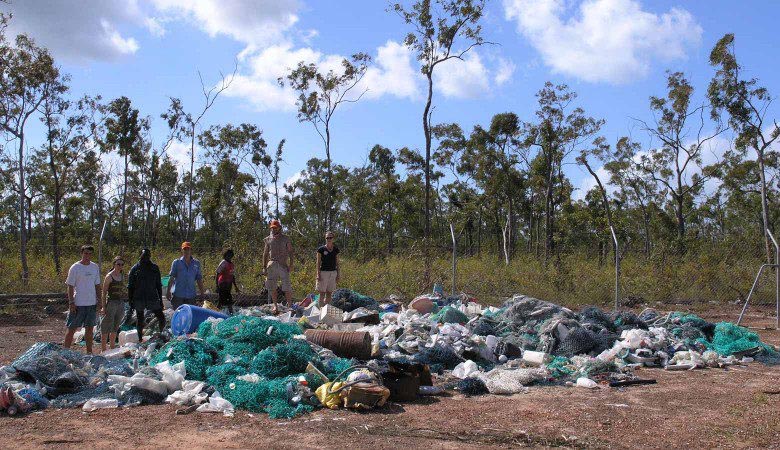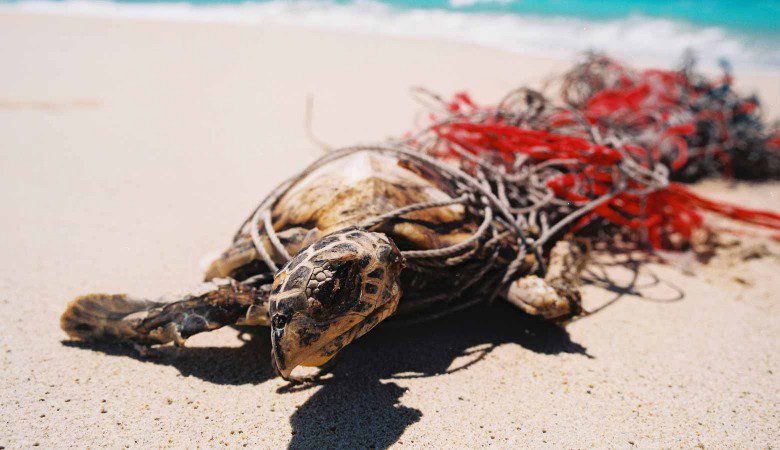Our oceans face a silent threat: ghost nets. These abandoned, lost or discarded fishing nets (ALDFG – collectively known as ghost nets or ghost gear) are devastating marine life by indiscriminately trapping, entangling, and drowning countless species including marine mammals, seabirds and sea turtles. It is the deadliest form of marine plastic debris and in some places represents over 50% of all marine debris. Every year, it is estimated that between 500,000 and 1 million tonnes of fishing gear gets left in the ocean. Latest research equates this to nearly 2% of all fishing gear, comprising 2,963 km2 of gillnets, 75,049 km2 of purse seine nets, 218 km2 of trawl nets, 739,583 km of longline mainlines, and more than 25 million pots and traps are lost to the ocean annually.
Northern Australia is a global hotspot for ghost nets, particularly the remote Gulf of Carpentaria, where ghost nets continue to wreak havoc on ocean life. The Gulf is one of the last remaining safe havens for endangered marine and coastal species, including six of the world’s seven marine turtle species, dugongs, sharks and sawfish. Sadly, turtles account for around 80% of marine life caught in nets.
Despite concerted efforts over many years by Indigenous Rangers to rescue entrapped animals and the remove nets from our beaches and sea, they keep coming. In fact, the latest research shows that the number of ghostnets is increasing.



We need to stop this at the source – and this requires understanding where these nets come from.
The Young Man and The Ghost Net
